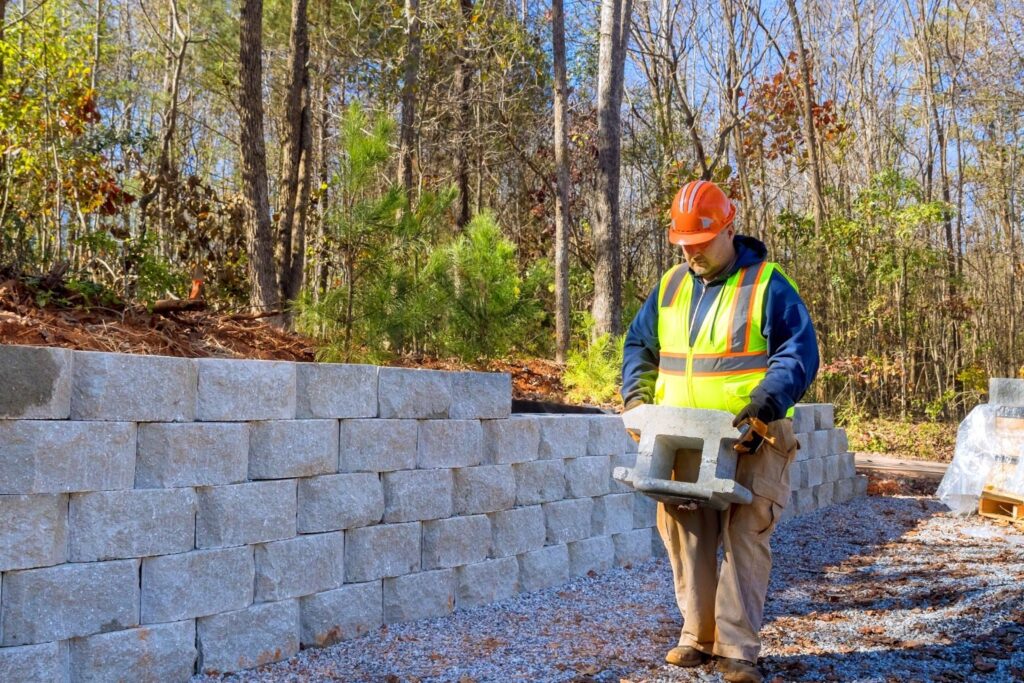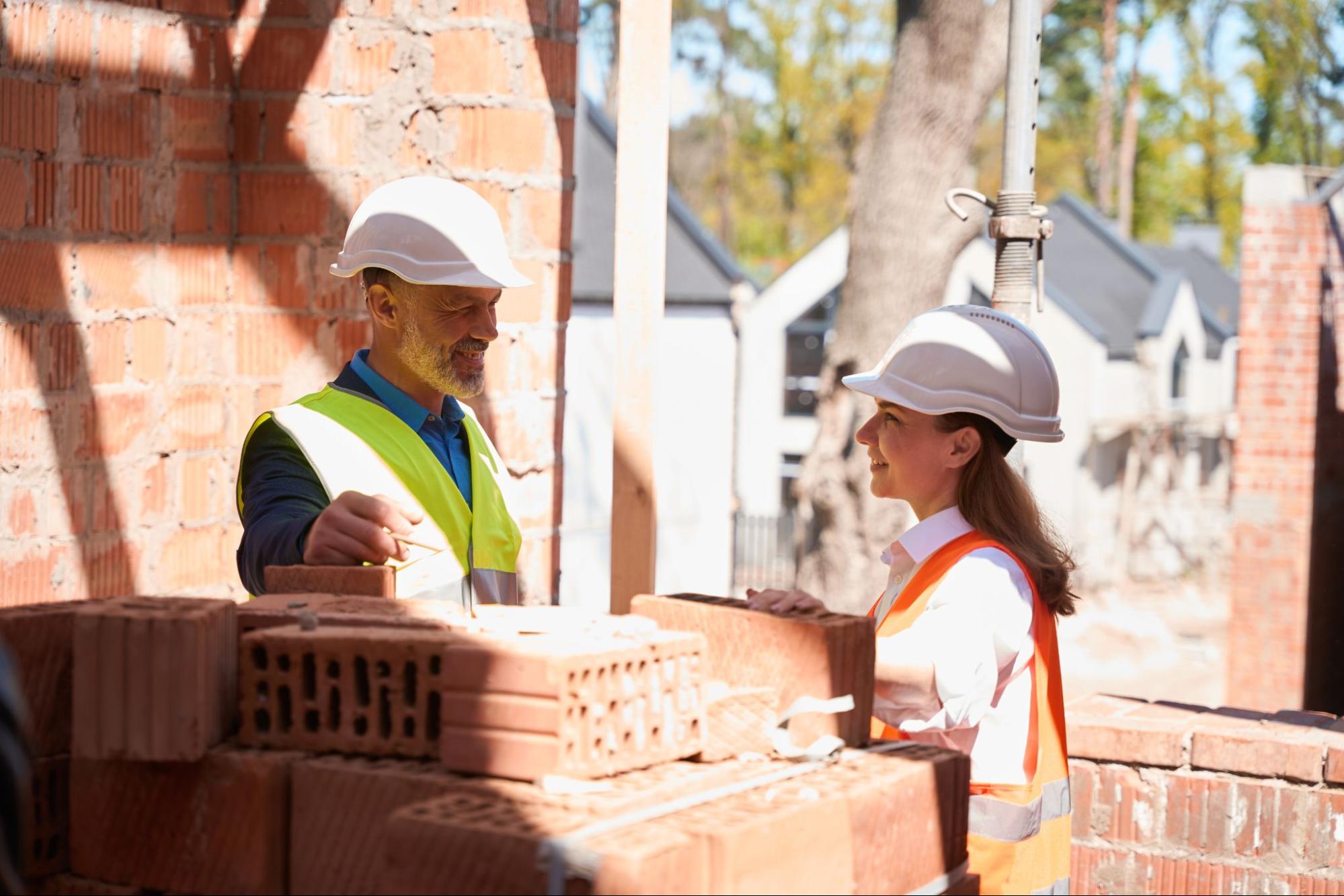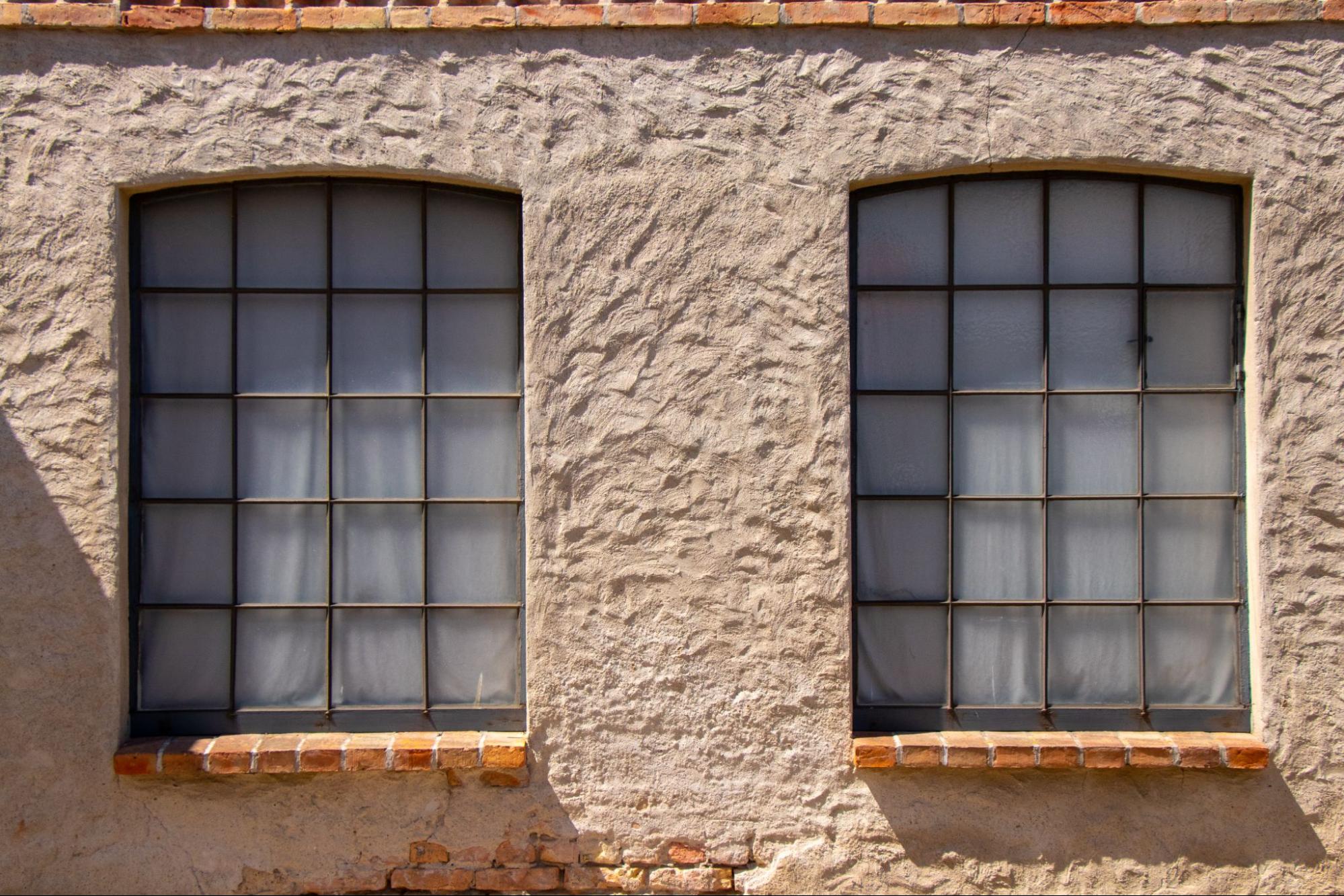Retaining wall design is about more than just aesthetics—it’s about engineering, durability, and long-term performance. Whether used to manage sloped landscapes, prevent erosion, or create usable outdoor space, a properly designed retaining wall is both functional and visually impactful. However, the cost of a retaining wall can vary significantly depending on multiple factors. From the materials selected and site conditions to drainage requirements and design complexity, understanding what influences the final price can help homeowners and property developers make informed decisions about their projects. In this blog, we’ll explore the key elements that determine the cost of a high-quality retaining wall design and what you should consider when planning your next project.
How Materials Impact the Cost of a Retaining Wall Design
One of the most significant cost variables in retaining wall design is the type of material used. Each material comes with its own price point, installation method, and maintenance requirements, all of which contribute to the overall investment.
Natural Stone Walls
Natural stone offers unmatched beauty and durability, making it a top-tier choice for high-end retaining wall designs. However, it comes at a premium due to its weight, sourcing, and the labor-intensive installation process. Stone walls often require custom fitting, which adds to labor time and cost. That said, the result is a timeless structure that can last for decades with minimal upkeep.
Concrete Block Walls
Segmental retaining wall blocks made of concrete are one of the most common materials used in modern designs. They are relatively affordable, easy to stack, and available in a variety of colors and textures. While the upfront material cost is moderate, the savings often result from faster installation and lower long-term maintenance costs. Many homeowners opt for concrete blocks due to their balance between performance and aesthetics.
Timber and Wood Walls
Wood retaining walls are typically the most cost-effective option in the short term. Treated timbers can be installed quickly and work well for shorter walls or temporary structures. However, wood has a shorter lifespan and is more susceptible to rot, pests, and moisture damage. For projects where budget is a significant concern and longevity is not critical, wood may be an acceptable compromise.
Site Conditions to Consider in Retaining Wall Design Costs
The landscape itself plays a crucial role in the cost of a retaining wall design. Slopes, soil type, accessibility, and existing structures all impact the complexity and cost of the installation.
Grading and Slope
Steep or uneven terrain can significantly increase the complexity of a project. Additional excavation, reinforcement, and specialized equipment may be required to ensure structural stability. In extreme cases, multiple tiers or stepped walls must be constructed, each with its own footing and drainage system. These challenges directly translate into higher labor and equipment costs.
Soil Type
Soil type has a significant impact on drainage and structural needs. Loose or sandy soil may require deeper footings or added geogrid reinforcement, while clay-heavy soil retains moisture and puts more pressure on the wall. Understanding soil behavior through geotechnical analysis ensures the wall is built to withstand the unique forces acting against it, at a higher, but necessary, cost.
Accessibility and Equipment Needed
Suppose your property has limited access or obstacles, such as trees, fences, or utility lines. In that case, contractors may need to bring in specialized equipment or remove obstructions, which can add days to the job and increase both labor and equipment rental fees. In tight urban lots or heavily wooded areas, accessibility becomes a significant cost driver for any retaining wall project.
How Retaining Wall Design Impacts Project Complexity
Design complexity plays a significant role in the overall cost and construction time of a retaining wall. Intricate or large-scale designs require advanced planning, increased craftsmanship, and sometimes the involvement of a structural engineer, especially for walls taller than four feet that must meet building codes. Curved retaining walls, while aesthetically appealing and great for following natural terrain, are more labor-intensive than straight ones, which are generally quicker and more affordable to build. The addition of integrated features such as lighting, seating, or built-in planters increases both the design complexity and overall cost. Still, it can significantly elevate the function and beauty of the space. Choosing the right balance between design ambition and practicality ensures your retaining wall meets both structural needs and visual goals.
Drainage Solutions That Influence Retaining Wall Design Costs
What’s happening behind your wall is just as important as what’s visible on the surface. Proper drainage and reinforcement are crucial in preventing wall failure and are key factors in determining the overall cost.
Drainage Solutions
All retaining walls must account for water flow. Without proper drainage, hydrostatic pressure can build up behind the wall, leading to cracking, bulging, or collapse. To mitigate this risk, contractors install drainage gravel, perforated drainpipes, and filter fabrics. These components ensure water is directed away from the wall’s base, preserving structural integrity over time. Though it adds to material and labor costs, it’s a non-negotiable aspect of quality design.
Geogrid Reinforcement
Geogrid is a high-strength mesh material installed between layers of wall material and backfill. It provides lateral support and helps the wall resist soil pressure, particularly in taller structures or those on slopes. Incorporating geogrid into your retaining wall design enhances stability and lifespan, but it also increases labor time and cost.
Footings and Base Preparation
A strong base is the foundation of any successful wall. Installing a deep, level, and compacted gravel base is essential for even load distribution and long-term performance. If the base isn’t adequately prepared, the wall is more likely to settle unevenly or fail prematurely. This step requires attention to detail and can increase excavation and material costs, but it’s critical to getting the job done right.
Retaining Wall Design and the Role of Permits and Regulations
Before starting a retaining wall project, it’s essential to understand and comply with local codes, permitting rules, and any neighborhood guidelines that may apply. Many cities require permits for walls that exceed a certain height or those that impact drainage, and these permits often come with fees for plan review and inspections. Building codes are also critical, especially when the wall involves structural engineering or load-bearing functions. Homeowners in HOA-regulated communities may face additional design restrictions or material requirements, all of which can affect cost and timing. Addressing these requirements early on helps ensure a smoother construction process and long-term compliance.
What to Consider When Hiring for Retaining Wall Design Projects
Hiring the right contractor is a key factor in the overall cost and success of your retaining wall design. Skilled labor typically comes at a higher price but ensures better craftsmanship, especially for complex or large-scale projects. Regional labor rates also play a role, with urban areas generally seeing higher costs than rural ones. Additionally, timeline demands or seasonal availability may impact pricing, so it’s essential to communicate your expectations clearly with your contractor.
Maintenance and Lifespan Considerations in Retaining Wall Design
A retaining wall isn’t just a one-time investment—it requires ongoing attention to remain practical and attractive. Factoring in long-term maintenance is essential when choosing materials and planning your design. From preventing water damage to repairing minor shifts, routine care can extend your wall’s life and protect your property’s value.
Upkeep Depends on Material
Different retaining wall materials require different levels of maintenance. Wood walls often require sealing, staining, or pest control, whereas concrete block and natural stone typically require less frequent maintenance.
Prevent Issues With Maintenance
Proactive care—such as clearing drainage outlets and monitoring for soil erosion—helps prevent small issues from developing into major structural concerns.
Weigh Long-Term Care Costs
Choosing a material based on aesthetics alone can lead to higher maintenance demands. Homeowners should weigh upkeep needs when planning their retaining wall design.
Inspections Catch Problems Early
Scheduling routine inspections enables you to identify and address problems early, such as minor cracking, shifting, or water pooling. Quick repairs extend the wall’s lifespan and reduce long-term costs.
Longevity Requires Consistent Care
Even a well-built wall will deteriorate without proper maintenance. With the right combination of design, material, and regular care, your retaining wall can last for decades.
Long-Term Value and ROI in Retaining Wall Design Investments
Retaining wall design is a smart investment that offers both immediate visual appeal and long-term property value. A well-built wall enhances curb appeal, creates usable outdoor space, and boosts resale potential by aligning with your home’s overall aesthetic. Functionally, it protects against soil erosion, water damage, and costly maintenance, adding years of structural support. Choosing high-quality materials and expert installation ensures durability, making it a cost-effective solution that pays off in the long run. Ultimately, it’s a feature that improves both the beauty and resilience of your landscape.

What to Keep in Mind About Retaining Wall Design Costs
A quality retaining wall design requires much more than selecting materials—it’s a well-engineered system that balances structure, drainage, aesthetics, and cost. Every detail, from soil conditions and reinforcement to labor and permitting, contributes to the overall investment and long-term success of the project. Understanding these cost factors helps homeowners make informed decisions and avoid unexpected expenses down the line. With the right planning and professional guidance, a retaining wall can provide lasting function and beauty for your outdoor space. For expert support and durable, visually appealing results, reach out to schedule a consultation with a team that specializes in custom retaining wall solutions.
To learn more about the cost factors behind a quality retaining wall design, visit our Metric Paving and Masonry blog.







